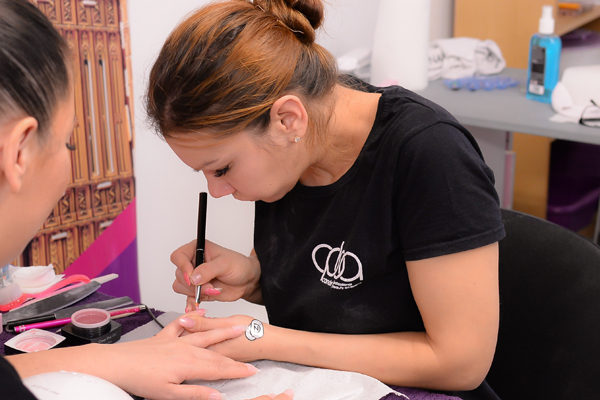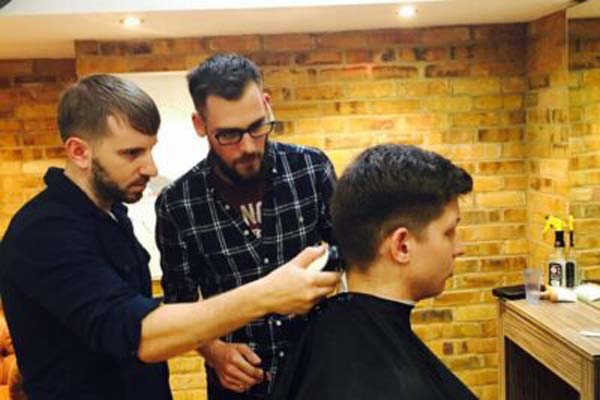An average makeup artist in the United Kingdom works 38-40 hours a week. The days are full of intense teamwork and creative collaboration. As a makeup artist, you will get to work with the best designers, models, publications, editors, and hairstylists. Once you become a little renowned, you will be attending celebrities. So, given the fact that it is really a tough job and can be a lot stressful, the daily grinding will reap many benefits and open doors to new opportunities.
How stressful is it?
To be honest, being a makeup artist is one of the most stressful jobs. Thus, it is important for a professional to have a pleasant, outgoing personality and a great attitude if you want to be successful in the industry. Some projects are so tedious that it can mentally exhaust you. But you will have to be an inventive, spontaneous, and creative individual who is OK and willing to cope with last-minute, ever-changing schedules, which may require early call times and long hours.
Nevertheless, you cannot take any job for granted. Each job role has its perks and flaws.
What about the pay?
For a senior makeup artist in the UK, it is not unusual to achieve a six-figure income. But in the early stages, a lot of dedication and hard work is required because there will be a lot of assisting and volunteering.
All in all, being a makeup artist can be hard if you don’t love what you are doing. But meeting new people every day, new projects, and expectations, pose as a challenge that should get you going.
CPBA offers free employment advice and guidance to their beauty therapy learners. We also offer free make up courses and funded level 3 make up courses with work placements.



















